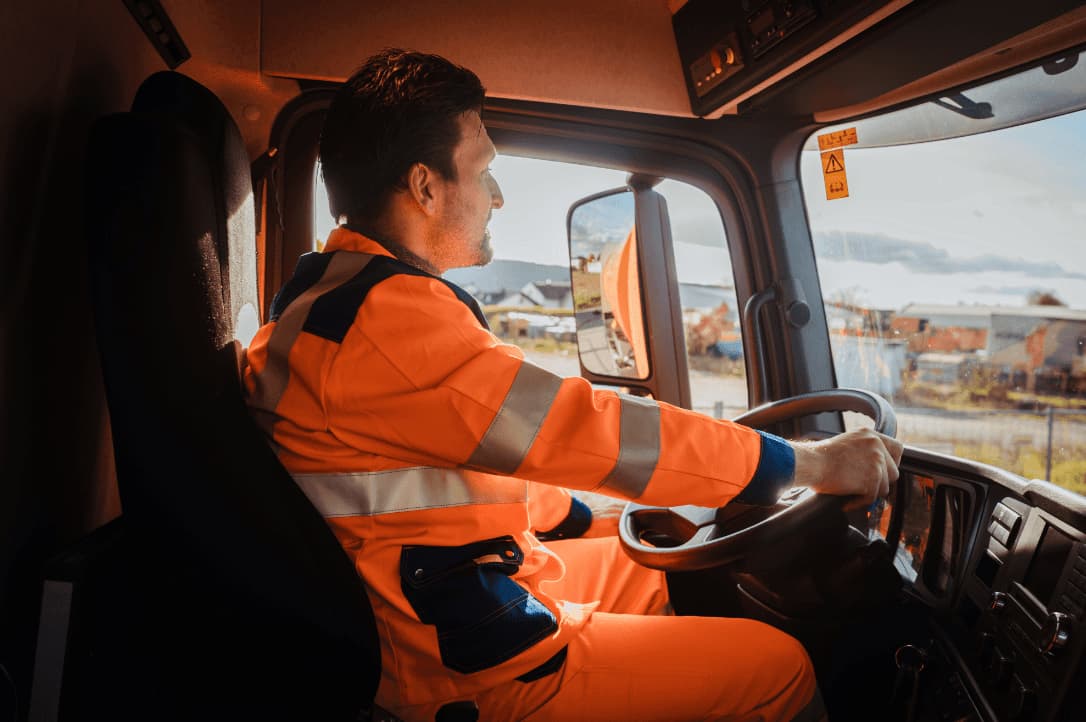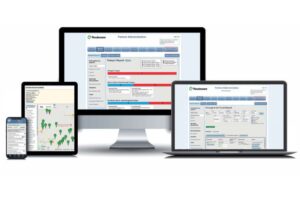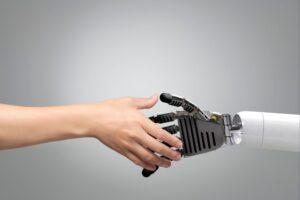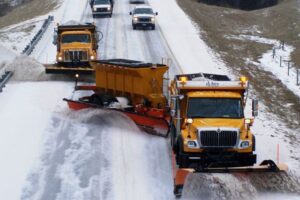This blog post is Part 2 in our Smart Cities Series.
In the race to build better, stronger, more resilient communities, the term “smart city” gets used a lot. It’s a term that’s easy to say and harder to understand — and one whose nuances are certainly still up for debate.
And yet in the public works space, at least two things are clear: The first is that public works departments tend to lag behind others in their use of technology to improve life for both staff and citizens. The second is that some solutions do a better job than others at helping public works directors deliver the productivity and customer service improvements they are responsible for.
Why public works
Aside from mail carriers, no other municipal (or federal) employee frequents each street and dwelling as often as sanitation workers and solid waste haulers.
For this reason and others, cities interested in generating significant, citizen-centric impact with smart initiatives should seriously consider the ways their public works departments use technology.
New York’s sanitation department director of communications Belinda Mager said it best in a CNBC article: “You can go your whole life without ever calling upon a firefighter or a police officer, but you can’t go more than a couple days without having a sanitation worker in your life.”
Citizens may never see them, or spot them infrequently — “but you’d know it if they were not there,” Mager said.
Indeed, the pandemic has highlighted the truth of this statement, as evidenced by the public response to shuttered recycling programs and other driver-shortage-related collection changes.
Smart technologies improve resilience in solid waste
In smart cities, the internet of things (IoT) can address the critical challenge of efficient waste management, according to the U.S. National Library of Medicine and National Institutes of Health website.
For instance, RFID tags and other sensors may be placed on items such as trash and recycling bins and dumpsters to instantly transmit data — to the truck and the office — about service delivery, driver performance, route efficiency and more.
It may be argued that the most valuable technologies in solid waste management focus on core collection services to ensure that they remain efficient and effective, and that cities are able to adapt to change in the form of labor shortages, new recycling legislation, or changing customer behaviors.
If we have learned anything from the COVID-19 pandemic, it is recognizing the importance and value of planning ahead and investing in technology. From increasing residential trash as people work from home and order more items online, to staffing challenges and reconfiguring routes, technology has helped smart cities make it work while keeping residents in the loop — in real time.
Smart tools for solid waste challenges
So many moving parts within smart cities are designed to help municipalities increase sustainability and provide better service to their communities while also freeing up funding for other investments. By using smart city technology to automate a variety of processes and allow for data-driven decisions and design, solid waste and public works teams can lead the way in delivering on your smart city agenda and improving the quality of life for people in your community.
When it comes to addressing solid waste through smart technology, Routeware can help. Our tools for smart cities and smart haulers align with municipal and private goals for improving service and lowering costs, not to mention making the work of solid waste easier and more enjoyable — no small thing, given heightened pressures surrounding talent attraction and retention.
- Fleet automation tools such as lift sensors and radio frequency identification (RFID) readers can help you reduce return trips for collection and bill for extra collections by reliably detecting when pick-ups are made. Information is gathered when a receptacle is collected, providing instant visibility across operations and customer service.
- True route optimization tools can synthesize your real-world route data to help you accurately evaluate potential future service scenarios driven by growing populations, changing shift or collection patterns. These tools help solid waste operators balance workloads, cut costs, and increase route efficiency, thereby cutting carbon emissions as well.
- 360-degree vehicle-mounted cameras can collect pictures and video to help you quickly resolve customer issues. When drivers, customer service representatives, and customers work from the same set of facts — including photo evidence from the curb — disagreements are kept to a minimum, customer service is enhanced, and the likelihood of future calls goes down.
- Zero-touch automations can help your drivers focus on the road by utilizing sensors and GPS to reduce or eliminate the need for drivers to push a button. Many drivers who use on-board computers come to rely on them, expressing that they don’t want to run their routes without them.
Tools such as these can be the catalyst you need to create big change. For instance, the City of Grand Rapids, Mich., found much success after implementing these tools.
The 33-truck municipal hauler provides a comprehensive, pay-as-you-throw solid waste program, including trash, recycling and yard waste collection. With our tools, the city has reduced “go backs” to one missed stop per route, per day; allowed its drivers to complete their routes about 12 percent faster than before; and delivers data to coach drivers and help them overcome a variety of challenges. (Learn more about Grand Rapids’ success here.)
These are changes you can make, too.
Begin improving your community — and your outcomes — today
Regardless of where you are in your smart city journey, you can make progress — and we can help.
The McKinsey Global Institute reports that employing smart city technology can improve key quality of life indicators in the community by 10 to 30 percent.
Help your community benefit in these ways and more, beginning with making changes in your municipality’s solid waste division.
In our next post in this series, learn about how smart technology helps cities meet environmental goals and better serve their communities.
Building a smart city? We can help you identify tools and technologies to help you meet your goals. Let’s talk.





